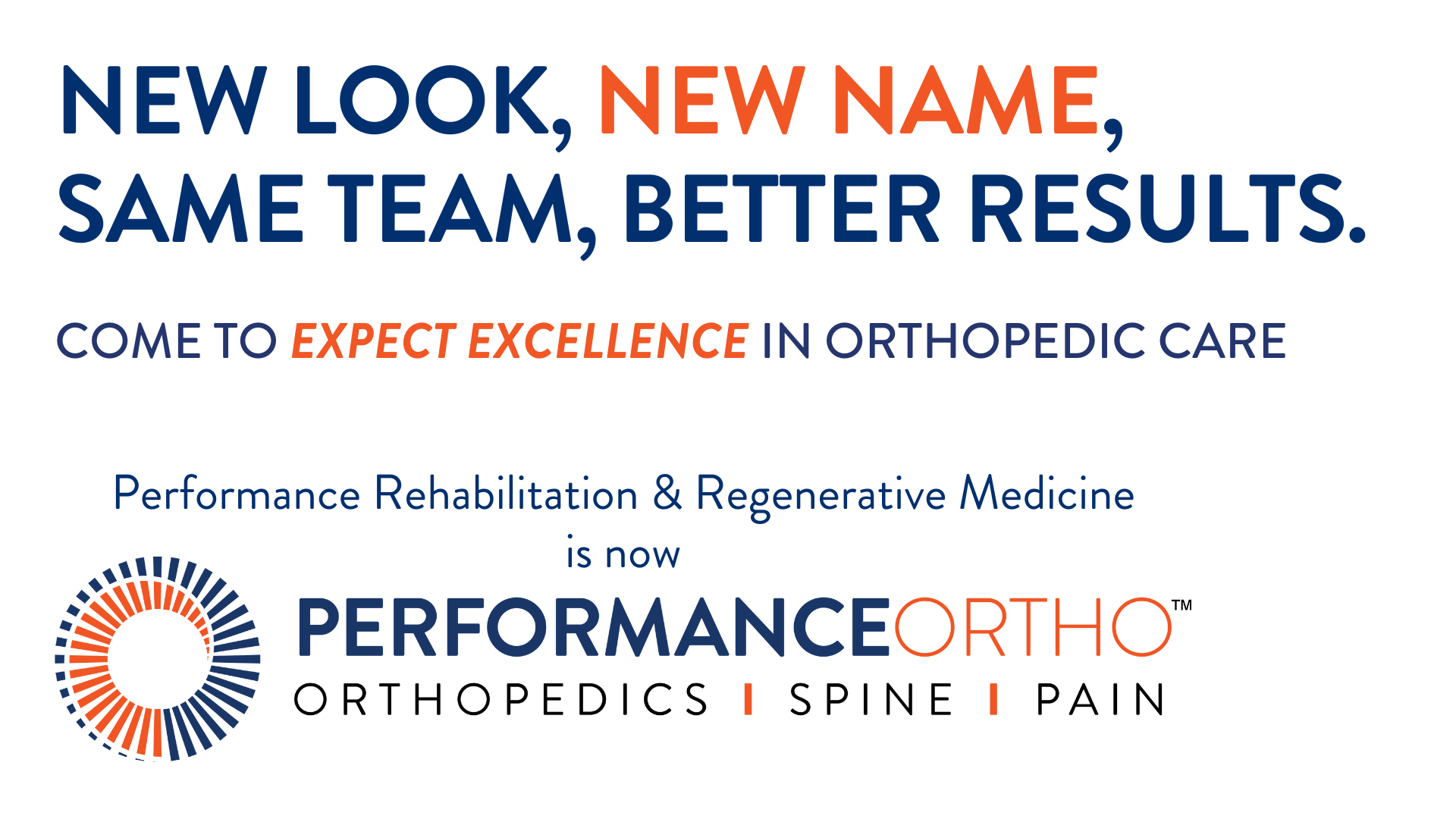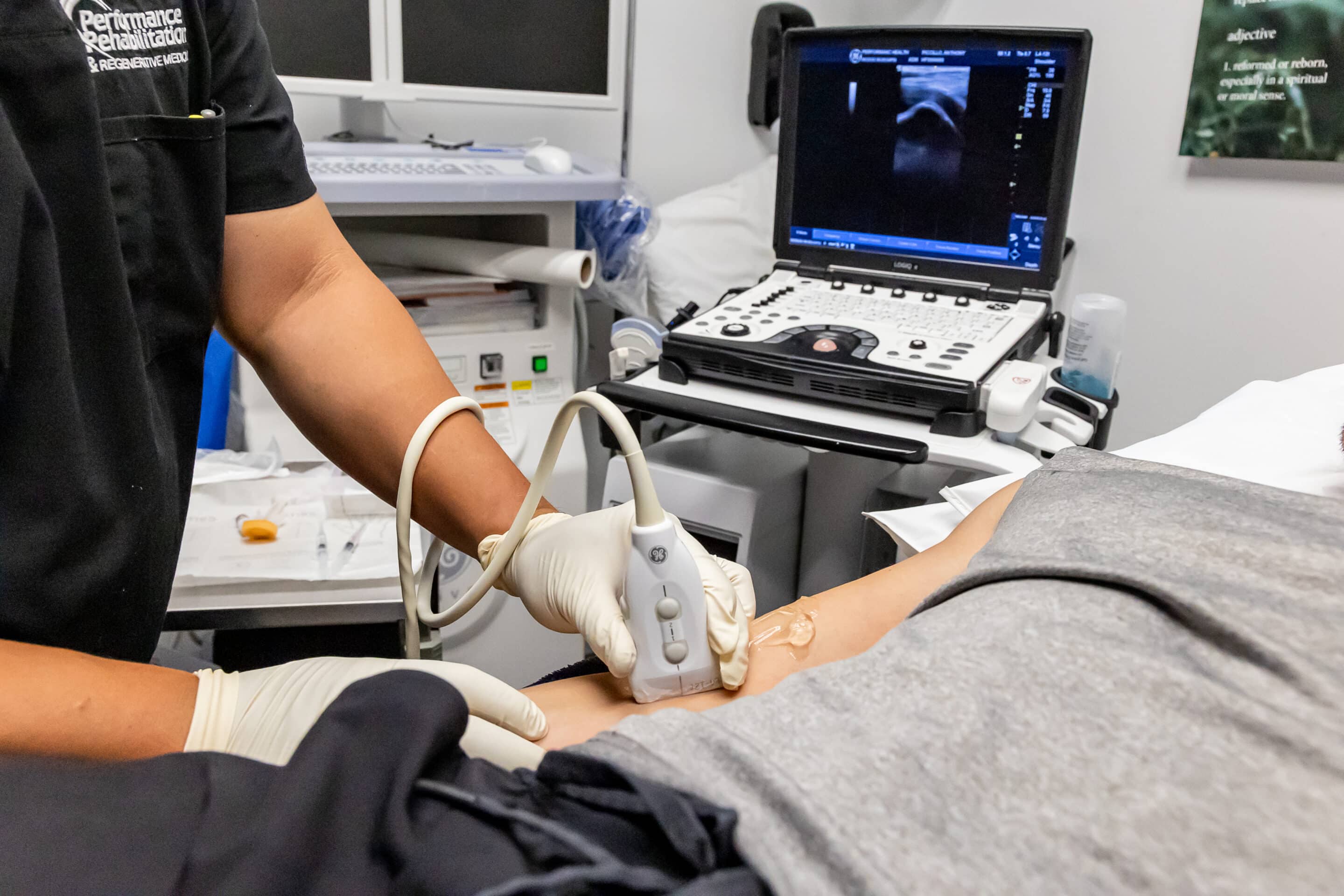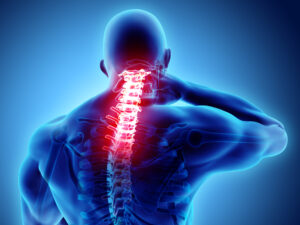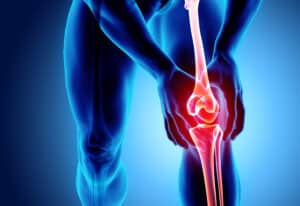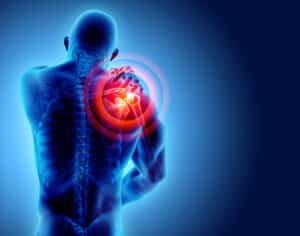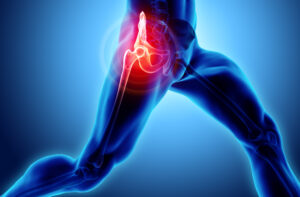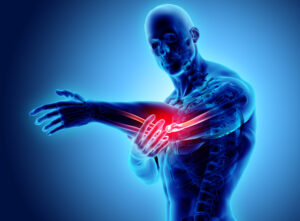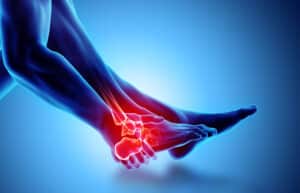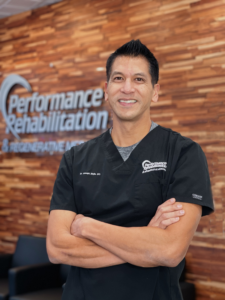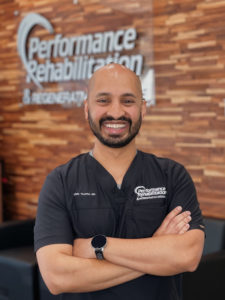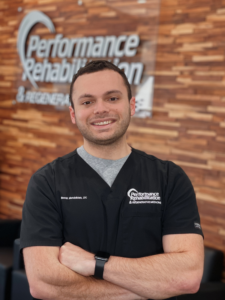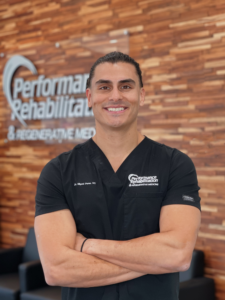What causes bone spurs?
Bone spurs are common as we age, and many people do not even know they have them. They are typically found after an X-ray or MRI that are ordered for other conditions. When you do have symptoms, it is important to talk to your doctor to discuss treatment options.
What is a bone spur?
A bone spur (oseophyte) is a small pointed outgrowth of bone on the back, shoulder, feet, and neck. A bone spur forms as the body attempts to repair itself by building extra bone in response to stress, pressure, rubbing, or irritation over a period of time.
What are the symptoms of a bone spur?
Nearly all bone spurs cause no symptoms or signs. Bone spurs cause pain, numbness, and loss of motion in the joints. When they do cause symptoms, the pain of bone spurs will depend on the location. Specific symptoms of bone spurs include:
Bone spurs in feet
If a bone spur in the foot causes pain, it’s typically from the pressure of a shoe or the foot rubbing against an irritating surface. Activities like running or dancing can put stress on the feet and cause bone spurs to form.
On occasion, bone spurs in the foot are a result of arthritis in the form of ankylosing spondylitis or diffuse idiopathic skeletal hyperostosis. The aging process and the breakdown of joints can also be responsible for bone spurs in the foot.
Bone spurs in foot symptoms
Localized foot pain, swelling, and tenderness are all symptoms of a bone spur in the foot. You could have difficulty walking and bearing weight on your foot, along with stiffness and loss of motion in the toes or ankle.
Bone spurs on the spine
The discs that provide cushioning and lubrication between the bones of the spinal cord can break down with age. Bone spurs in the spine are a result of degenerative changes to the spine. These spurs can pinch the spinal cord, causing weakness in the arms and legs. Inflammation of the ligament that surrounds degenerating disc between the vertebrae is also a common cause.
Symptoms of bone spurs in the spine
Bone spurs in the spine can cause radiating pain, tingling, weakness, or numbness in the legs or feet. Stiffness and decreased range of motion in the lower back, and pain that worsens with activity and improves with rest are also symptoms of bone spurs in the spine.
Bone spurs in shoulder
Due to the complex structure of the shoulder joint, it can move in all different directions. With age, your bones, muscles, ligaments and tendons can wear against one another. This can lead to tendonitis or a tear in the rotator cuff.
Symptoms of bone spurs in the shoulder
Bone spurs in the shoulder can result in inflammation, weakness, stiffness, pain and tearing of the tendon. This condition, known as a rotator cuff disorder, occurs with repetitive use of the shoulder and is common in athletes and painters.
Bone spurs in the neck
A bone spur on the neck (cervical osteophytes) happen when ligaments and tendons surrounding the cervical spine ‘s bones and joints become damaged or inflamed. This is a process that typically spans over a long period of time with wear and tear. Poor posture, traumatic injury, or cervical osteoarthritis can also contribute to the formation of bone spurs.
Symptoms of neck bone spurs
Many people will not experience symptoms as a result of a cervical bone spur. Symptoms range from dull neck aches, neck stiffness, headaches, numbness and tingling in the arms or hands, and in severe cases, searing pain radiating down the back.
How are bone spurs treated?
In the case of bone spurs, non-surgical options should be explored before resorting to surgery. In cases where non-surgical treatments are not effective or symptoms are worsening over time, surgery may be considered as a last resort. Treatment options for symptomatic bone spurs include:
- Physical Therapy: Physical therapy focuses on strengthening and stabilizing the core, joint and soft tissue mobilization, and modalities to reduce pain. A physical therapist can design an exercise or stretching routine to help improve range of motion, strength and flexibility. These exercises are known to reduce the resulting pain of bone spurs.
- Injection based pain management: To reduce the swelling in the joints, a steroid based intervention may be necessary. Procedures include epidural steroid injection, radiofrequency ablation, or medial branch block. These treatments are all effective in decreasing inflammation, reducing pain and accelerating the rehabilitation process.
- Chiropractic medicine: A qualified chiropractor can manually adjust the spine in an effort to reduce symptoms and increase mobility. Chiropractic medicine utilizes manual therapy and therapeutic exercise to diminish pain, promote tendon healing, enhance flexibility, and control functional stresses. Chiropractic care can also be integrated into a physical therapy protocol for increases success rates.
If you are suffering from a bone spur and seeking relief, please feel free to contact one of our Patient Care Coordinators today at 908-754-1960 to make an appointment or book online.


